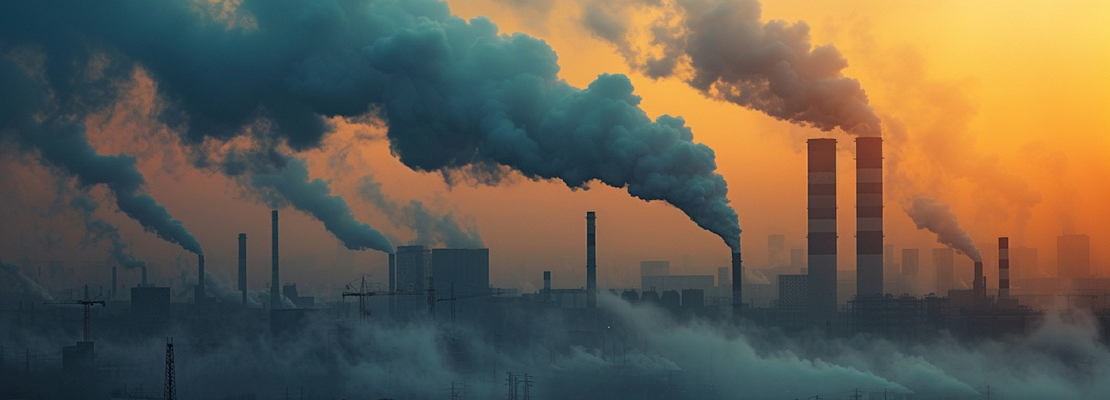Who are the world’s worst polluting villains?
The topic of climate change is often talked about in the pub, with debates over who are the world’s worst polluters. This will often lead to the depressing conclusion that there is very little we can do in the UK until China radically cuts back levels of carbon dioxide and other pollutants it discharges into the atmosphere.
And yet I have been in conversation with those who tell me that China produces less pollution per head of population that we do in this country.
Who is right? I set out to explore what is the real answer to this question.
There is plenty of data available, including from the Emission Database for Global Atmospheric Research (EDGAR), the IEA report on CO2 Emissions from Fuel Combustion, the UN World Population Prospects: The 2019 Revision, Our World in Data Offshoring of pollution report by Hannah Ritchie (2021) and the IPCC Climate Change 2021 report.
Luckily it is all quite consistent, so finding the answer should not be a problem.
From these reports it is easy to determine the world’s biggest polluters and there are no surprises.
- China – 10 billion tons per annum
- United States – 5 billion
- India – 2.5 billion
- Russia – 1.7 billion
- Japan 1.3 billion.
The top 5 are followed by Germany in 6th with ¾ billion and Canada is 7th. The UK is 17th out of 209 on this list.
So, are the pub pundits right? It looks like they are winning the argument!
Let’s look at this pollution on the basis of per head of population. This provides a completely different picture. The top five here are –
- Qatar – 38 tons per annum
- Montenegro – 26 tons
- Kuwait – 25 tons
- UAE – 24 tons
- Trinidad and Tobago – 24 tons.
How do the top biggest villains compare on this table? Canada is 7th with 18 tons per annum, United States is 14th with 15 tons, Russia 22nd with 11 tons, Japan 26th at 10 tons and Germany 28th with 9 tons. China is in 41st place with 7.5 tons and India is a long way down this list at under two tons. By comparison the UK is 74th with 6 tons per annum.
Clearly there are countries that really need to change their ways!
There is another argument that we must also consider imports.
This means we must include things we buy in for our own consumption, taking responsibility for the carbon footprint of these even when they are produced elsewhere. This is a powerful argument, and data is also available on this.
| Country | Position as total polluter | Position taking into account imports and exports |
|
Total | Per head of population |
||
| China | 1 | 2 | 68 |
| USA | 2 | 1 | 7 |
| India | 3 | 7 | 91 |
| Russia | 4 | 3 | 19 |
| Japan | 5 | 4 | 28 |
| Germany | 6 | 5 | 14 |
| Canada | 7 | 11 | 9 |
| Qatar | 40 | 78 | 3 |
| UK | 17 | 6 | 24 |
We have a different picture once again, this time with the UK as a worse polluter than China.
Finally, what about historical emissions and who is doing the most to change?
The United States is way ahead on historic emissions and have had the biggest impact on the climate so far – 20% of the climate total. China is at 11%, Russia 7%, Brazil 5%, Indonesia and Germany 4% and the UK 3%.
How about those making the most reductions based on their own total production? The UK is 8th, Russia 9th, the United States 10th, Germany 14th, Canada 37th, Japan 63rd. India is 169th and increasing levels. China is 234th and going up. Qatar is 240th also increasing.
So what do we conclude?
Sticking with the most discussed, the UK versus China, we can say that the UK is the worst polluter of the two based on head of population and including what we import. However, China is a bigger total polluter, and is also increasing its emissions.
The message is that we must all do our part.
The fewer new goods we buy, the better we become at helping the planet. Buying home produced goods is usually better still as it avoids the environmental impact and costs of transportation.
To get even better, we can individually switch to greener travel, such as trains and other public transport which cuts our own carbon impact. Electric cars are an improvement, except they have a bigger initial negative effect due to all the mined and imported elements, even if they are built in the UK.
The final picture is hugely complex, far too much for any meaningful pub debate. But the main message is the more we can individually do to reduce our impact, the better.
And we are individually worse polluters than China.







